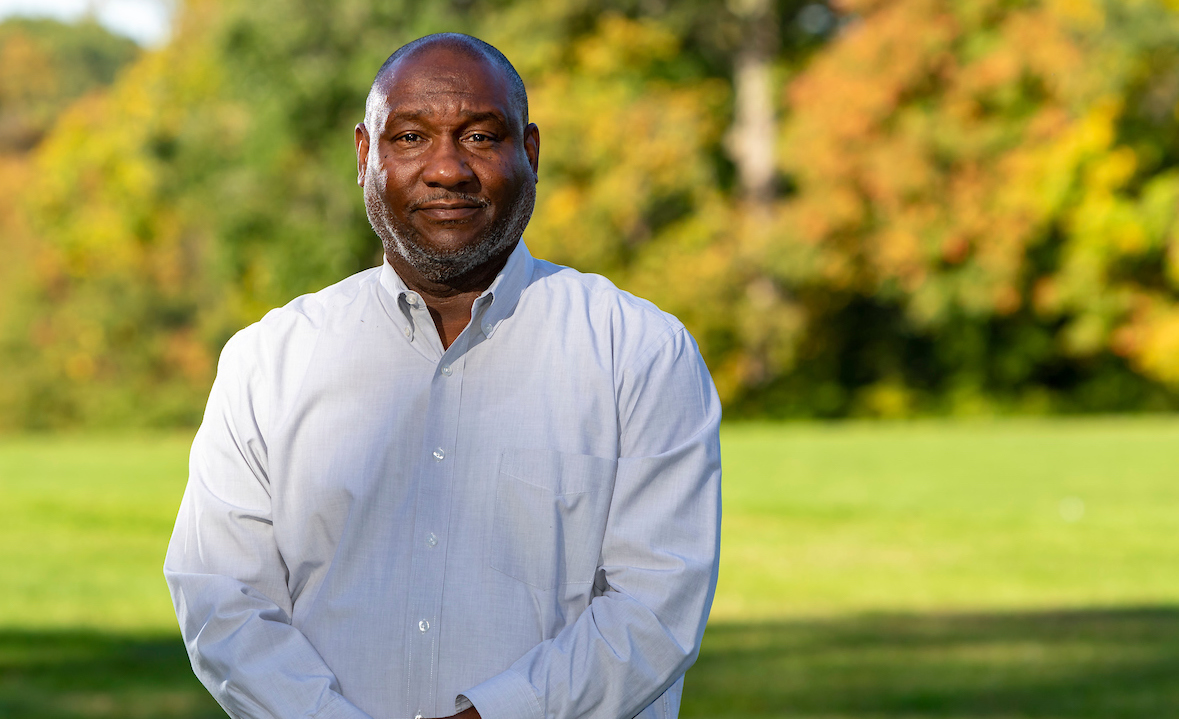Al Grady learned the hard way that when the prostate swells, it cuts off the flow of urine.
“I just could not urinate,” the 59-year-old Hartford man said.
The situation got so bad that he twice found himself in the emergency room, having a catheter inserted to drain his bladder. His urologist, Dr. Steven Shichman, Physician-in-Chief of the Tallwood Urology & Kidney Institute, said many older men develop benign prostatic hyperplasia (BPH) in which an enlarged prostate presses on the urethra and slows or stops urination.
He suggested Grady visit his Tallwood colleague, Dr. John Griffith, who specializes in BPH.
“It’s an amazing team. Both of these doctors are great,” Grady said.
Dr. Griffith suggested surgical intervention through a transurethral resection of his prostate after medical therapy was unsuccessful in allowing him to urinate on his own again. This is a minimally-invasive procedure to remove the prostate tissue causing obstruction of the urine stream.
Grady underwent the outpatient procedure on June 1, 2021, and noticed improvement a week later when the catheter was removed. He remains without any symptoms and emptying his bladder well.
“I was immediately able to go again,” he said.
While telling the story of his experience isn’t easy for Grady, he said men need to hear the stories of others to know they’re not alone and to seek the care they need. It’s especially important for African American men like him who are disproportionately more likely to develop prostate disease and less likely to seek medical attention.
“Men are not educated enough about these things,” Grady noted. “Getting the information out to more men could be very helpful. It’s just not a topic of discussion.”
He figured most men feel like he did – that it would never happen to them. A forensic tech supervisor with the state Medical Examiner’s Office, Grady said he spends his days performing autopsies and seeing sickly organs.
“I’m inside bodies all day, but I never thought it could happen to me,” the father of one said.
In fact, Dr. Griffith said BPH is diagnosed in about 3 million American men each year.
“Studies have demonstrated that African American men are about half as likely to be diagnosed with BPH and even when diagnosed, they are less likely to pursue therapy than white men,” he said. “It is important for men to understand that these symptoms are quite common as they age and that we have a wide array of treatment options ranging from conservative management strategies, to medical therapy, to finally surgical procedures when necessary to alleviate these problematic symptoms.”
While Grady’s case was severe, Dr. Griffith said other cases can be treated with medication to relax the bladder or shrink the prostate.



